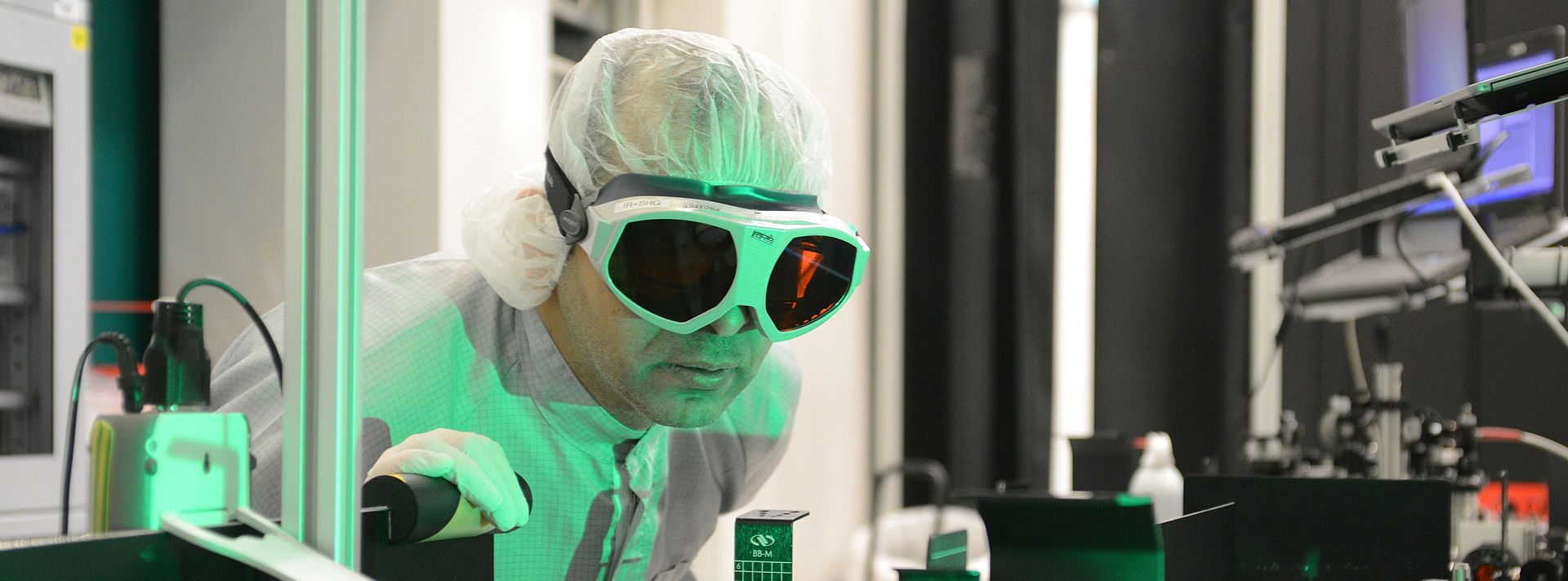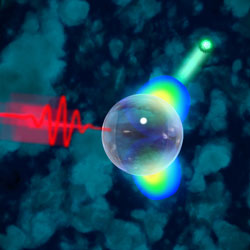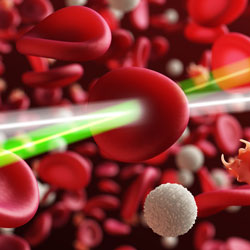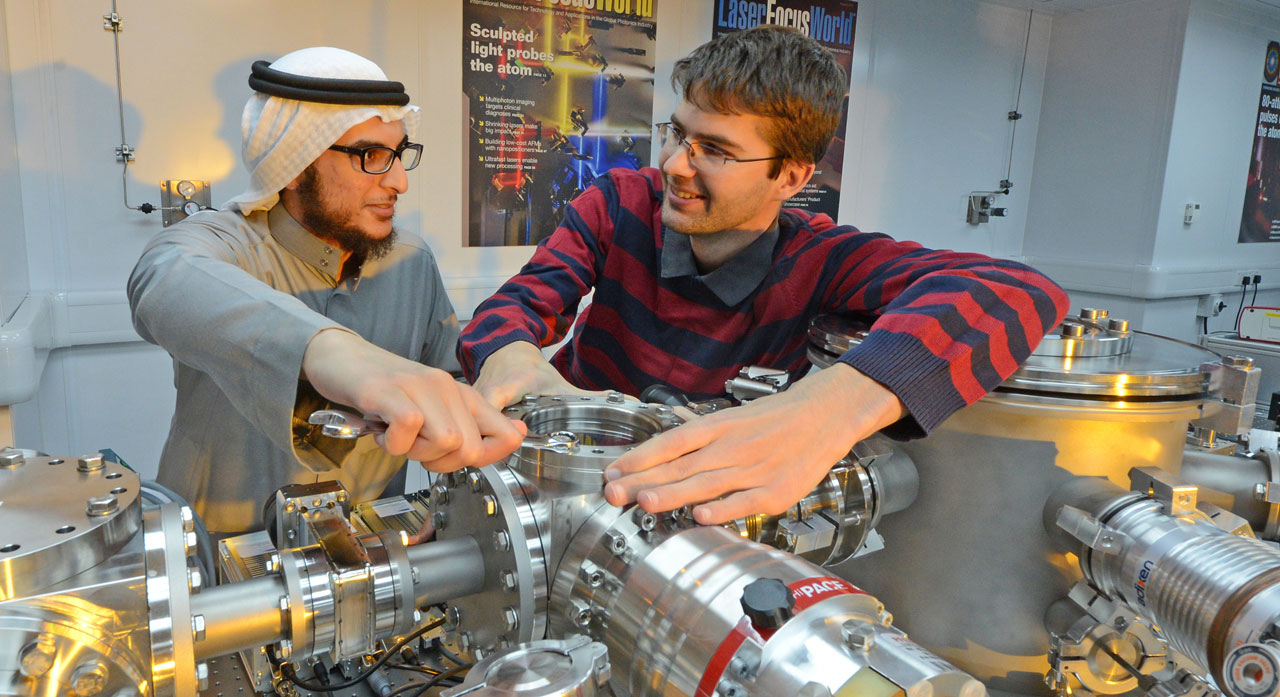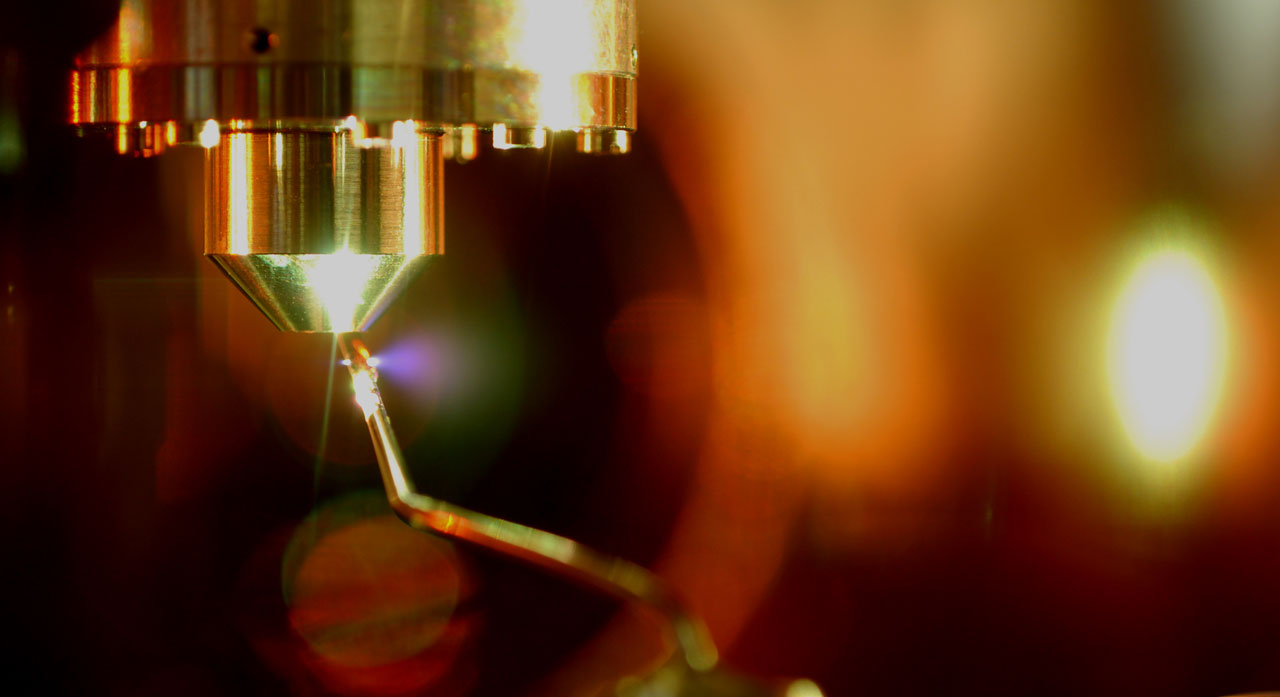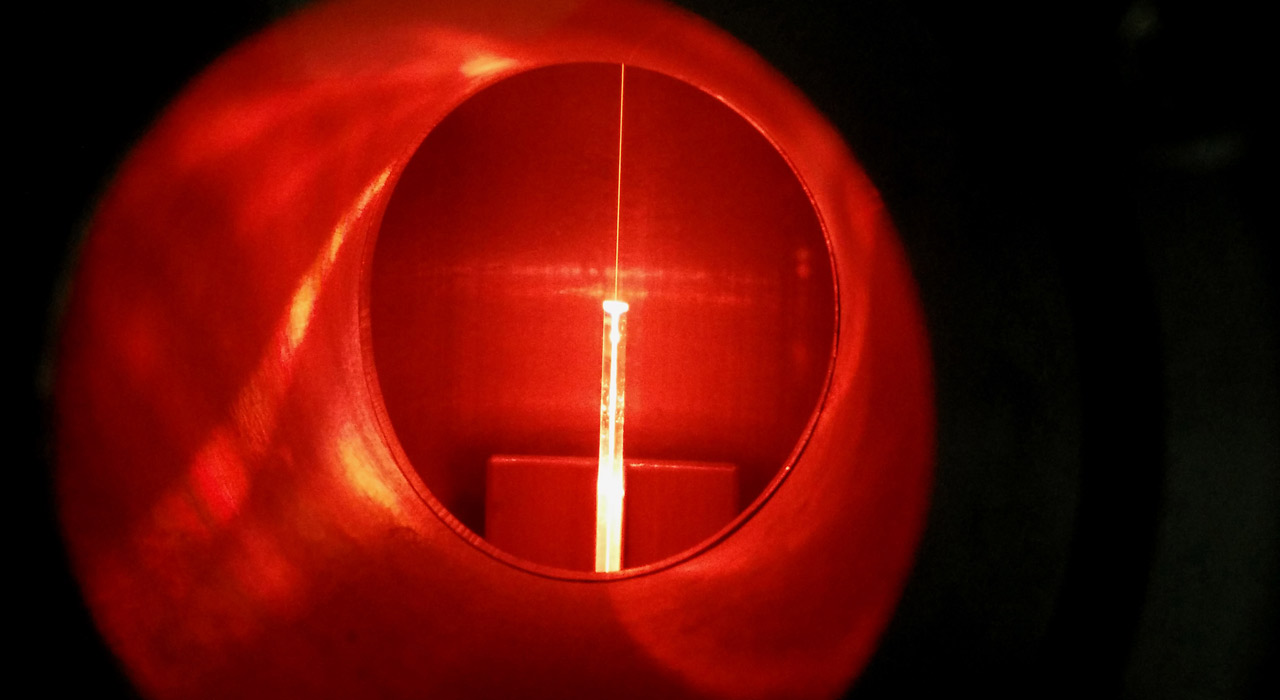about lmu-mpq-ksu collaboration
— Attoworld Riyadh —
Vision & mission
The Laser Physics department from the Ludwig-Maximilians-Universität München (LMU) and the Max Planck Institute of Quantum Optics (MPQ) have an ongoing collaboration with the King Saud University (KSU) in Riyadh.
It is this very collaboration that has enabled the establishment of the Attosecond Science Laboratory (ASL) at the KSU — bringing with it the capacity to generate ultrashort pulses of light, lasting just a few billionths of a billionth of a second, that can image otherwise invisible electrons within atoms.
While the ASL is the first of its kind in the Arab world, the aims of this collaboration have moved beyond education and basic research — directly bringing together novel attosecond and femtosecond sciences with molecular sciences to devise new ways of early cancer detection.
Infrared Molecular Fingerprinting
The mission of this inter-national, inter-disciplinary collaboration is multifaceted:"
// Exploring the ultimate frontiers of ultrafast (nano-) electronics and electron-based information processing and identifying viable routes to approaching these frontiers.
// Development of new ways of non-invasive early cancer detection with laser-based infrared molecular fingerprinting (ECDL).
Our collaboration is bringing together expertise from different backgrounds, as well as providing grounds for intercultural exchange between European and Arab cultures. We are joining forces in the education of top-rated talent and devising new ways of facilitating excellence in scientific research, higher education and community service.
Partners


Max Planck Institute of Quantum Optics

King Saud University
Attosecond Science Laboratory
Motions of Electrons as Essential Life Processes
The tools and techniques of attosecond technology enable us to gain insight into the basis of these. Electrons, once excited, move in atomic systems within
attoseconds (10–18 seconds).
Since 2001, scientists have been able to generate and measure attosecond light flashes through ultra-fast laser techniques and have been using them to gain insight into the hitherto immeasurably fast phenomena of the microcosm.
In 2008, researchers from the Laboratory for Attosecond Physics at the MPQ and the LMU teamed up with laser physicists from the Department of Physics and Astronomy Department at KSU in order to proliferate this powerful technology. As a result of their efforts, the Attosecond Science Laboratory (ASL) was created at the KSU in 2015. The new laboratory enables world-class experiments in Riyadh and provides the region access to cutting-edge research and education in laser science.
In addition to the more than 30 research facilities in Europe, North America, and the Far East involved in research into electrons, we now have the first laboratory of this kind in the Gulf States. It offers scientists and students from the Gulf region unique research opportunities at a world-class laser facility.
The ASL is equipped with a high power Ti:Sapphire laser system providing down to four femtosecond laser pulses covering the visible spectrum.
These short pulses allow the generation of isolated attosecond pulses in a nonlinear interaction with a typical gaseous medium. The short flashes of light propagate in vacuum and are used in pump probe experiments with the fundamental visible laser light. This allows us to get insights into electron interaction on the timescale of attoseconds and to test fundamental physics.
In medicine, this new knowledge can help to develop innovative technology for the diagnosis and treatment of a diversity of diseases. In information technology, attosecond science can provide us with the possibility to quicken signal processing to its ultimate limit.
By building up the ASL in Riyadh we have brought the attosecond flashes to the Gulf Region and are continuously facilitating unique research opportunities, as well as building a bridge between different cultures.
